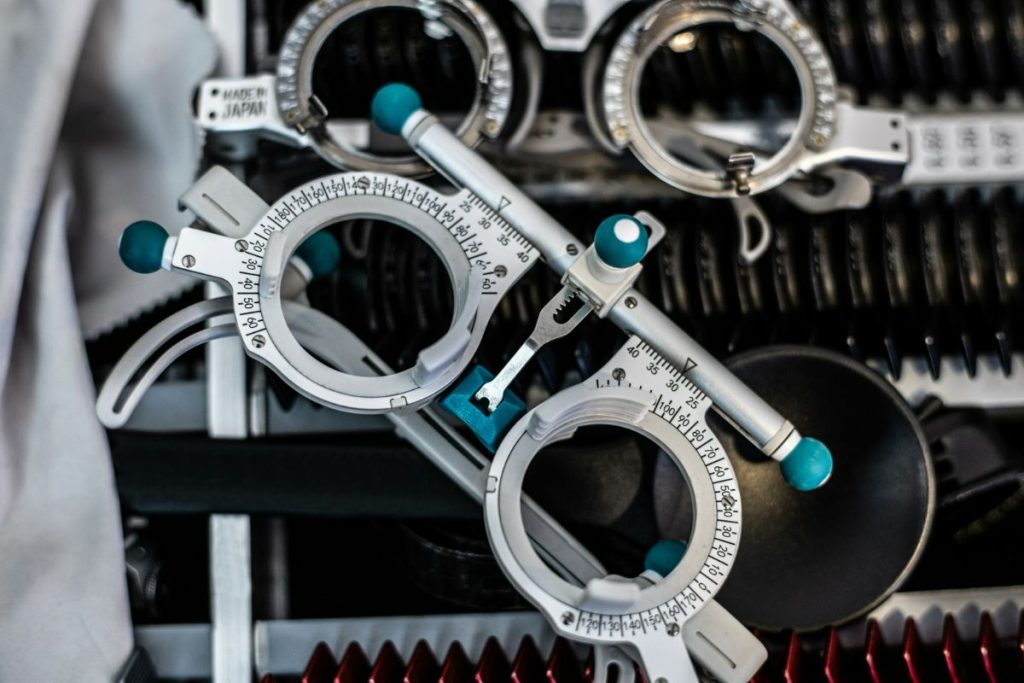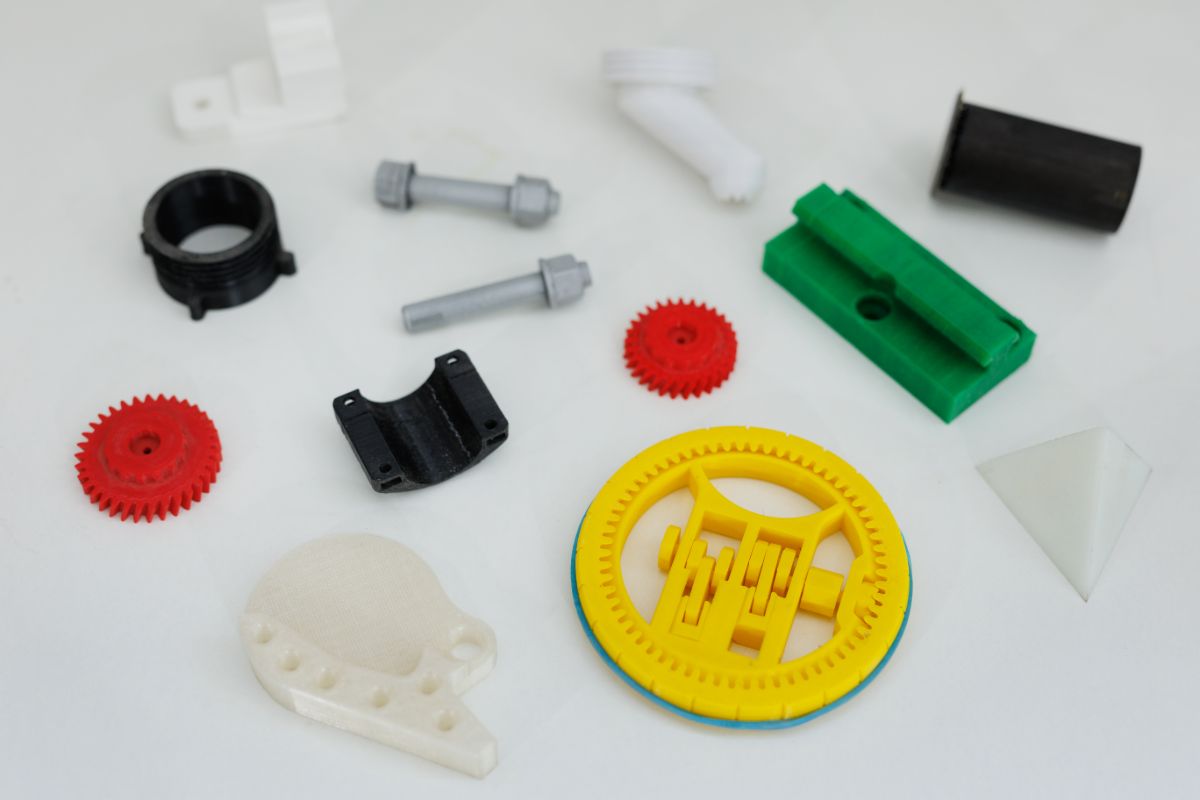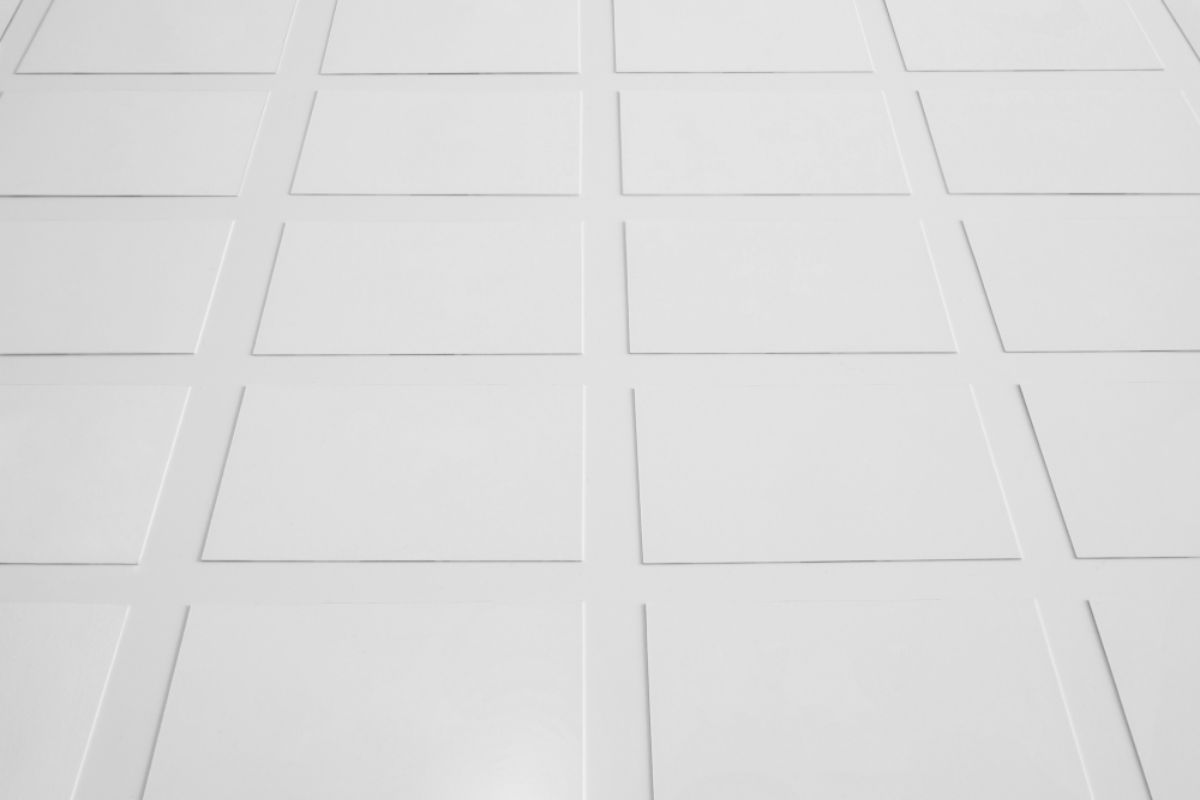How does precision plastic injection molding shape optic lenses?
- Designing the mold
- Selecting the material
- Injecting the material
- Controlling the cooling
- Ejecting the lens
- Implementing quality control
Overview
- Precision plastic lens molding is a crucial manufacturing process for creating high-quality optical lenses, impacting sectors such as healthcare, telecommunications, and entertainment.
- The process involves designing a meticulously crafted mold, selecting the appropriate material, injecting molten plastic, controlling the cooling process, ejecting the lens without damage, and implementing rigorous quality control measures.
- Attention to detail and precision are essential in creating lenses that meet the stringent standards of different industries and deliver reliable and exceptional performance.
Optical lenses are the facilitators of our visual experiences, playing a crucial role in capturing stunning sunsets, correcting vision, and delving into the microscopic realm. They manipulate light to help us focus and magnify images, impacting various sectors including healthcare, telecommunications, and entertainment.
Crafting plastic optic lenses can be daunting due to their delicate nature. Hence, the method of choice for their production is precision plastic lens molding. This sophisticated approach ensures the intricate and accurate manufacturing of these lenses, maintaining the quality and functionality of optical devices across different industries.
Designing the Mold
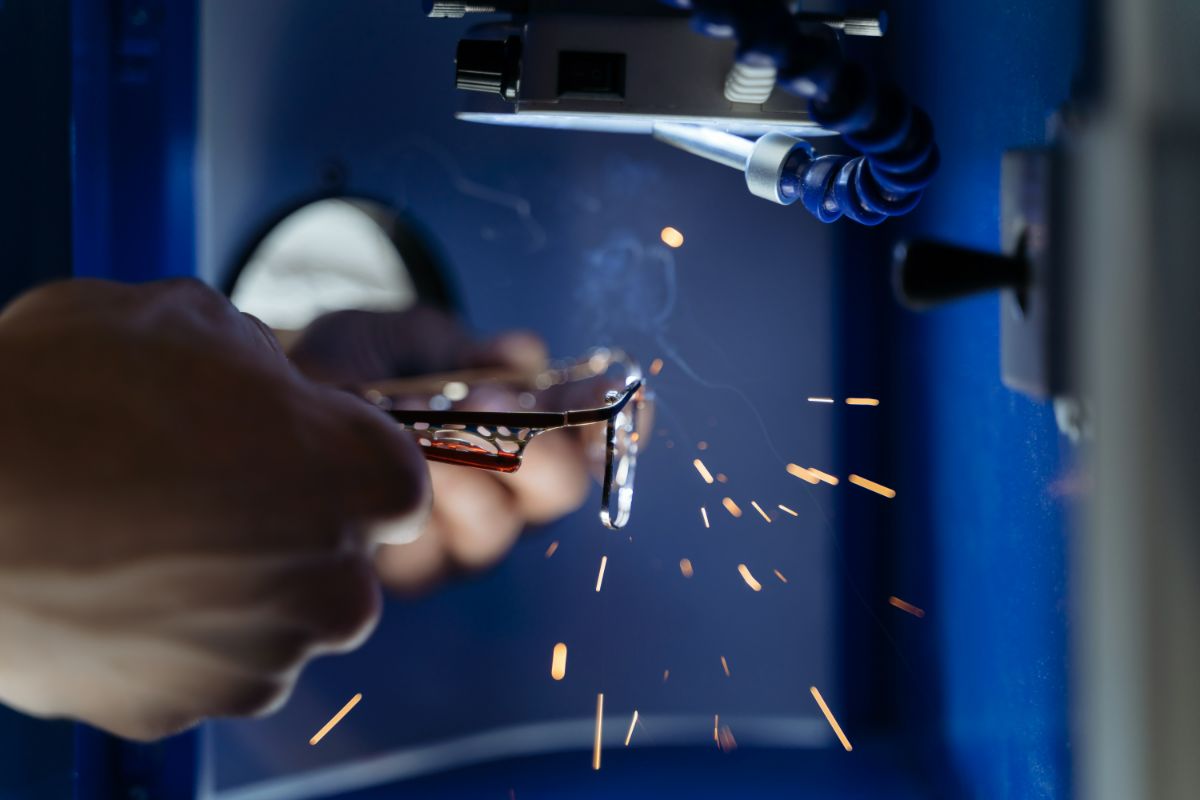
Central to the art of precision plastic lens molding is the mold itself—a meticulously crafted template that defines the shape and specifications of the lens. The mold’s precision is achieved through cutting-edge machinery, a critical step that profoundly impacts the ultimate quality of the optic lens.
Each curve and contour in the mold is carefully calculated to guarantee that the resulting lens aligns perfectly with the exact requirements for its designated application. The molding machine’s accurate interpretation of digital instructions is instrumental in creating these intricate molds, establishing the fundamental groundwork for the entire lens manufacturing process.
Selecting the Material
Selecting the material involves a careful consideration of the lens’s purpose. Whether it’s for medical imaging, photography, or electronic devices, the material must meet specific criteria to ensure optimal functionality and longevity.
High-quality plastics are often the preferred choice due to their desired optical characteristics and the ability to be molded with refinement. Among the various materials available, polystyrene is a commonly used optical plastic known for its cost-effectiveness. It also tends to absorb in the deep blue spectrum and has low UV and scratch resistance.
Injecting the Material
Injection molding is the stage where molten plastic is introduced into the meticulously designed mold, taking the shape of the lens. This process leaves no room for imperfections, creating a surface that is virtually free from distortions or irregularities.
This critical step employs a high-pressure injection process, forcing the molten plastic into every nook and cranny of the mold. The result is a lens that perfectly mirrors the sophistication of the mold. This attention to detail is not just a byproduct; it’s a deliberate outcome of the precision-driven injection molding methodology.
Controlling the Cooling
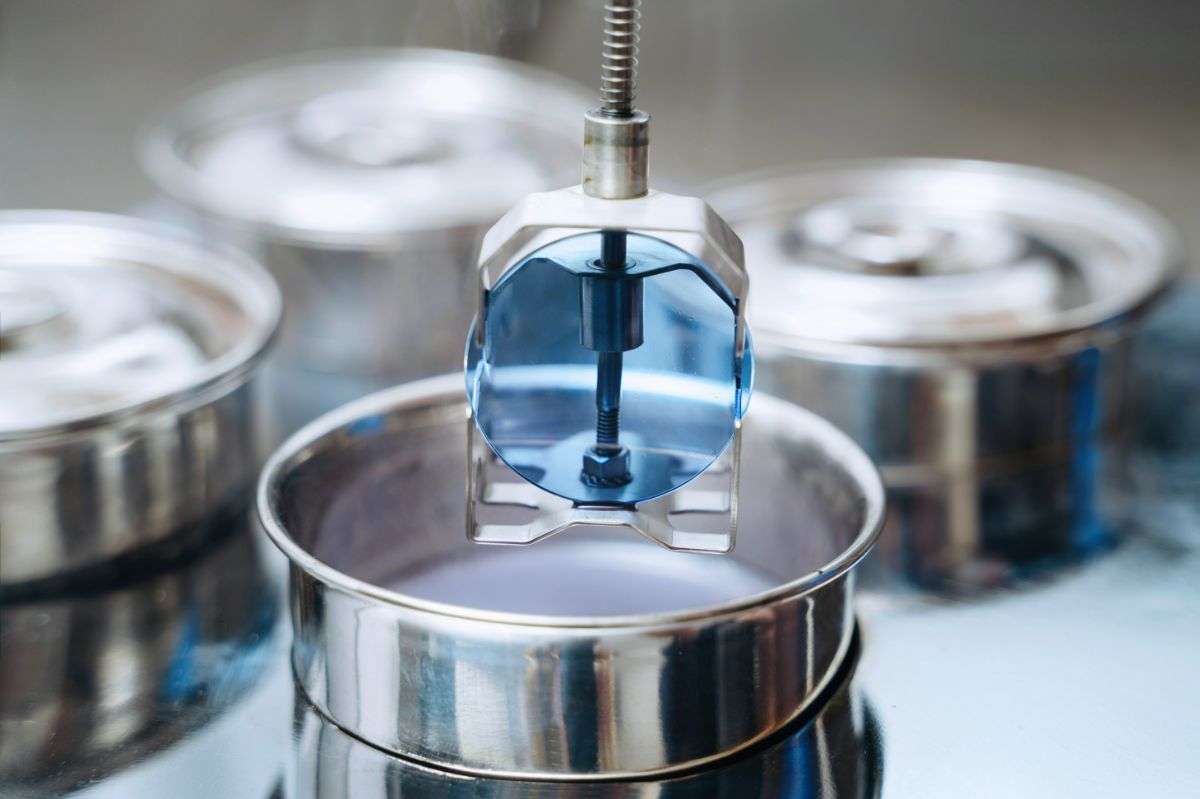
Proper cooling is a vital part of the molding process, influencing the lens’s structural integrity and optical clarity. Controlled cooling systems are employed to manage the solidification process, preventing deformities and ensuring the lens’s quality remains uncompromised.
After the injection of molten plastic, controlled cooling is essential to ensure that the lens solidifies gradually and uniformly. This careful balance is crucial in preventing defects, such as warping or bubbles, and ensuring the lens retains its intended shape and optical properties.
Ejecting the Lens
Once the plastic has solidified within the mold, the lens is delicately removed. The ejection mechanisms release the lens without causing damage, preserving its optical properties and structural integrity.
Any defects introduced at this stage might necessitate costly rework or even the scrapping of the entire lens, impacting both the efficiency of the manufacturing process and the overall product quality.
Implementing Quality Control
Quality control is the thorough inspection and testing process that guarantees each lens meets the stringent standards set for quality performance. Rigorous inspections are conducted at every stage of the manufacturing process, from the initial design to the final product.
This multifaceted approach involves visual inspections, optical testing, and thorough analysis to identify and rectify any deviations from the desired specifications. The result is a lens that not only meets expectations but exceeds them, delivering reliability and unparalleled performance.
Key Takeaway
Precision plastic lens molding is a symphony of technology and accuracy, culminating in the creation of optics that drive progress across various industries. From the careful design of the mold to the meticulous quality control measures, each step is a testament to the commitment to excellence in manufacturing.
For those seeking unparalleled expertise in precision injection molding, Richfields stands as a beacon of innovation. Elevate your optical solutions with our state-of-the-art manufacturing capabilities. Contact us today to embark on a journey where refinement meets perfection.
